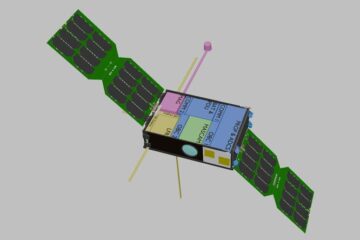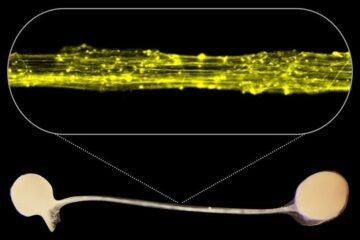New rapid test tells difference between bacterial and viral infections

Those common afflictions often have similar symptoms but vastly different treatments — antibiotics work for bacterial infections but not for viruses. The report appears in ACS' journal Analytical Chemistry.
Robert Marks, Daria Prilutsky, and colleagues cite the importance of determining the source of an infection in order to quickly start the right treatment.
If left untreated until results of a throat culture, for instance, are in, bacterial infections can get worse. But needlessly giving antibiotics to patients with a viral infection could contribute to the growing problem of antibiotic-resistant bacteria.
Since current diagnostic methods to sort out the two kinds of infection are time-consuming and may not be completely accurate, the researchers sought to develop a new test that would enable doctors to rapidly make the right diagnosis.
They found that the immune systems of patients with bacterial infections behaved differently than the immune systems of patients with viral infections, and developed a test based on those differences.
“The method is time-saving, easy to perform and can be commercially available, thus, having predictive diagnostic value and could be implemented in various medical institutions as an adjunct to clinical decision making,” say the researchers.
Media Contact
More Information:
http://www.acs.orgAll latest news from the category: Life Sciences and Chemistry
Articles and reports from the Life Sciences and chemistry area deal with applied and basic research into modern biology, chemistry and human medicine.
Valuable information can be found on a range of life sciences fields including bacteriology, biochemistry, bionics, bioinformatics, biophysics, biotechnology, genetics, geobotany, human biology, marine biology, microbiology, molecular biology, cellular biology, zoology, bioinorganic chemistry, microchemistry and environmental chemistry.
Newest articles

Exploring the Asteroid Apophis With Small Satellites
In five years’ time, a large asteroid will fly very close to Earth – a unique opportunity to study it. Concepts for a national German small satellite mission are being…

First model of the brain’s information highways developed
Our human brain is not only bigger and contains more neurons than the brains of other species, but it is also connected in a special pattern: Thick bundles of neurons…

Why getting in touch with our ‘gerbil brain’ could help machines listen better
Macquarie University researchers have debunked a 75-year-old theory about how humans determine where sounds are coming from, and it could unlock the secret to creating a next generation of more…





















